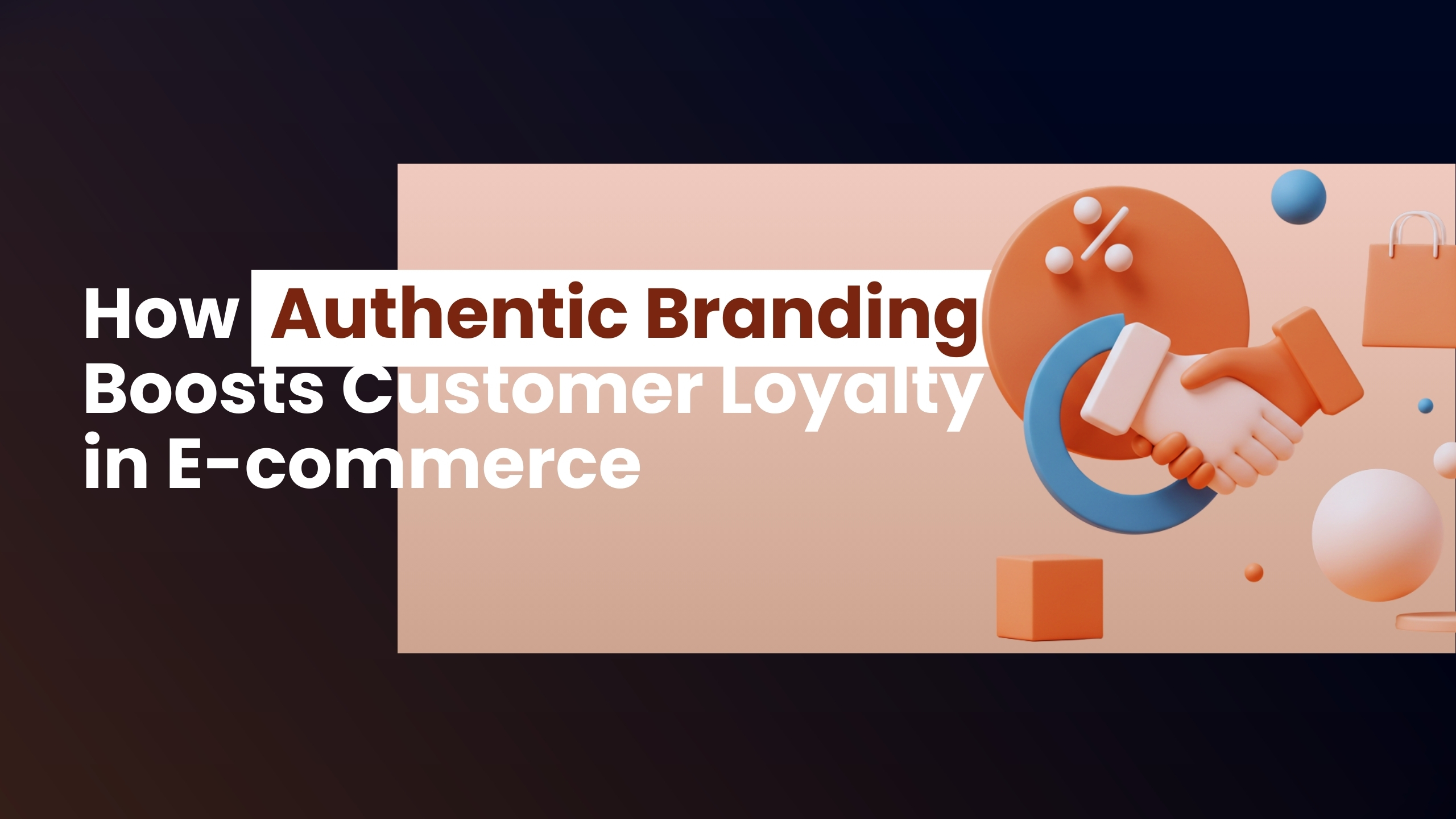How Authentic Branding Boosts Customer Loyalty in E-commerce
In today’s competitive online retail landscape, authentic branding is more than just a buzzword—it’s a powerful tool for building customer loyalty. A genuine brand identity that reflects your values and connects emotionally with consumers can turn one-time buyers into lifelong fans. This article explores how authentic branding boosts customer loyalty in e-commerce and offers actionable strategies to create a compelling brand presence.
- Understanding Authentic Branding
What is Authentic Branding?
• Authentic branding means presenting your business in a genuine, transparent manner that reflects your core values and mission.
• It involves honest storytelling, consistent messaging, and a clear visual identity that resonates with your target audience.
Why Authenticity Matters:
• Consumers are increasingly savvy and can distinguish between genuine and superficial brands.
• Authenticity builds trust, a critical factor in converting visitors into loyal customers.
- Benefits of Authentic Branding
Enhanced Customer Trust:
• A transparent and honest brand fosters trust, encouraging customers to choose your store over competitors.
Improved Customer Loyalty:
• Genuine connections with your brand lead to repeat purchases and strong word-of-mouth referrals.
Stronger Brand Differentiation:
• In a crowded market, authenticity helps your brand stand out by creating a unique identity that reflects your values.
Emotional Connection:
• Authentic branding evokes emotional responses, making customers feel valued and understood.
- Strategies for Building an Authentic Brand
Consistent Storytelling:
• Share your brand’s origin story, values, and mission across all channels.
• Use real-life examples and customer testimonials to illustrate your journey.
Visual Identity and Voice:
• Develop a cohesive visual identity that reflects your brand’s personality.
• Maintain a consistent tone of voice that is genuine and relatable.
Engage in Two-Way Communication:
• Encourage feedback and actively interact with customers on social media.
• Showcase user-generated content to reinforce your authenticity.
Transparency in Operations:
• Clearly communicate policies on returns, shipping, and data privacy.
• Highlight sustainable practices and ethical sourcing to build further credibility.
- Leveraging Digital Platforms to Enhance Authenticity
Social Media Engagement:
• Use platforms like Instagram, Facebook, and LinkedIn to share behind-the-scenes content and stories that reveal the human side of your brand.
Customer Reviews and Testimonials:
• Display authentic customer reviews and testimonials prominently on your website.
• Encourage satisfied customers to share their experiences.
Interactive Content:
• Host live sessions, Q&As, or webinars to interact directly with your audience.
• Use email newsletters to share authentic updates and engage with customers regularly.
- Challenges and How to Overcome Them
Maintaining Consistency:
• Ensure every aspect of your brand—from visuals to messaging—is aligned with your core values.
• Regularly audit your content and customer touchpoints to maintain consistency.
Managing Negative Feedback:
• Address customer concerns promptly and transparently.
• Use feedback as an opportunity to improve and reinforce your commitment to authenticity.
Balancing Automation and Personal Touch:
• Leverage automation to streamline processes but ensure that personal interactions remain genuine and empathetic.
FAQ
Q: What does authentic branding mean for e-commerce?
A: Authentic branding in e-commerce involves creating a genuine, transparent brand identity that reflects your values and resonates with customers, fostering trust and loyalty.
Q: How can I build trust through my brand?
A: Build trust by maintaining consistent messaging, sharing your brand story, engaging with customers on social media, and being transparent about your operations and policies.
Q: Which digital channels are most effective for authentic branding?
A: Social media platforms, email marketing, and your website are critical channels. Use these to share real stories, customer testimonials, and behind-the-scenes content.
Q: How do I measure the success of my authentic branding efforts?
A: Track metrics such as customer retention rates, repeat purchase rates, engagement on social media, and direct feedback through surveys and reviews.
Conclusion
Authentic branding is the key to building lasting customer loyalty in e-commerce. By creating a genuine brand identity that resonates with your audience, engaging transparently across digital channels, and consistently delivering on your promises, you can foster trust and drive sustainable growth. Embrace authenticity to set your online store apart and turn one-time buyers into lifelong customers.
Share your experiences or success stories related to authentic branding in the comments below or contact our team for personalized advice on enhancing your brand’s authenticity. Let’s build a more trustworthy future in e-commerce together!

